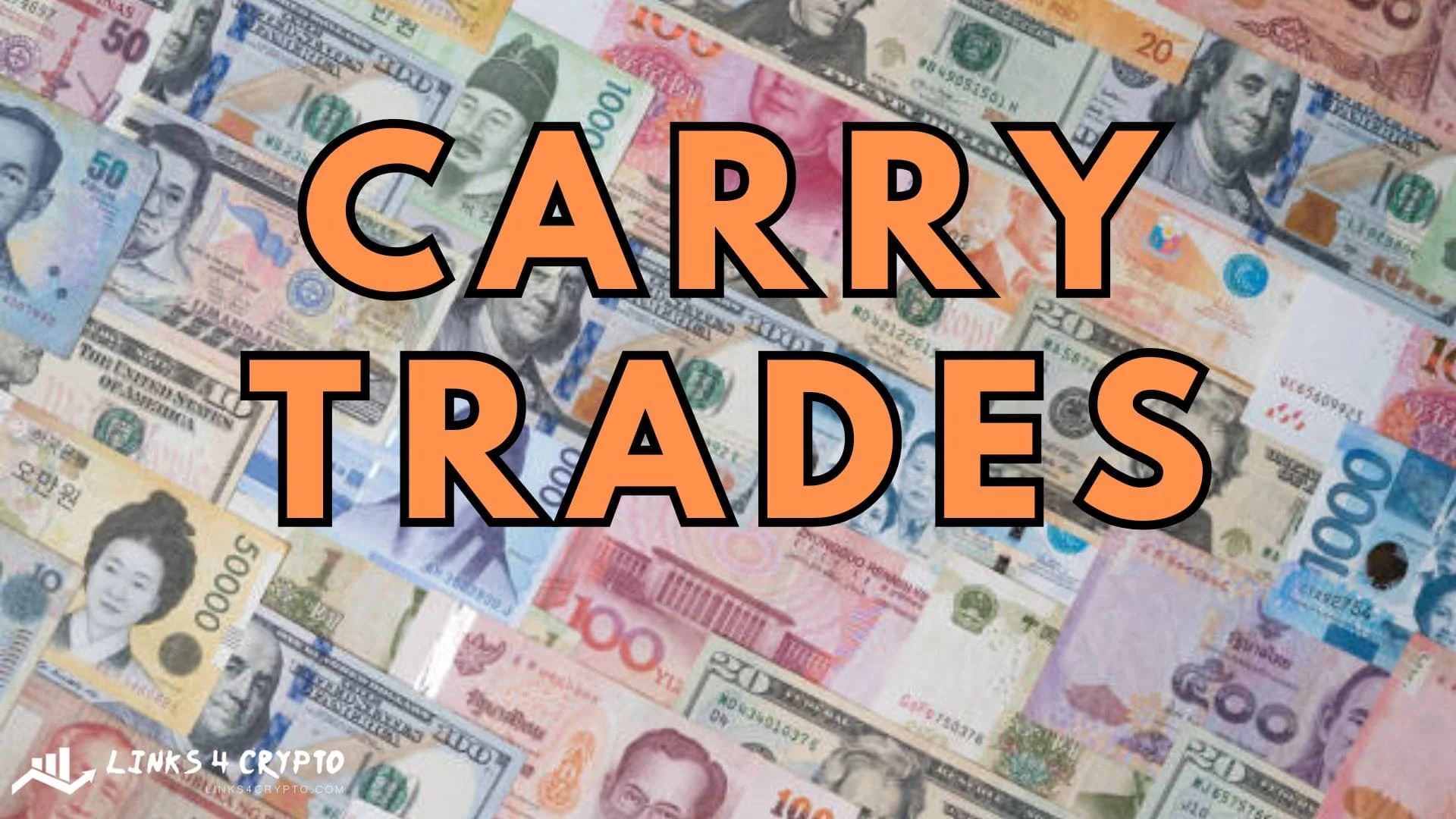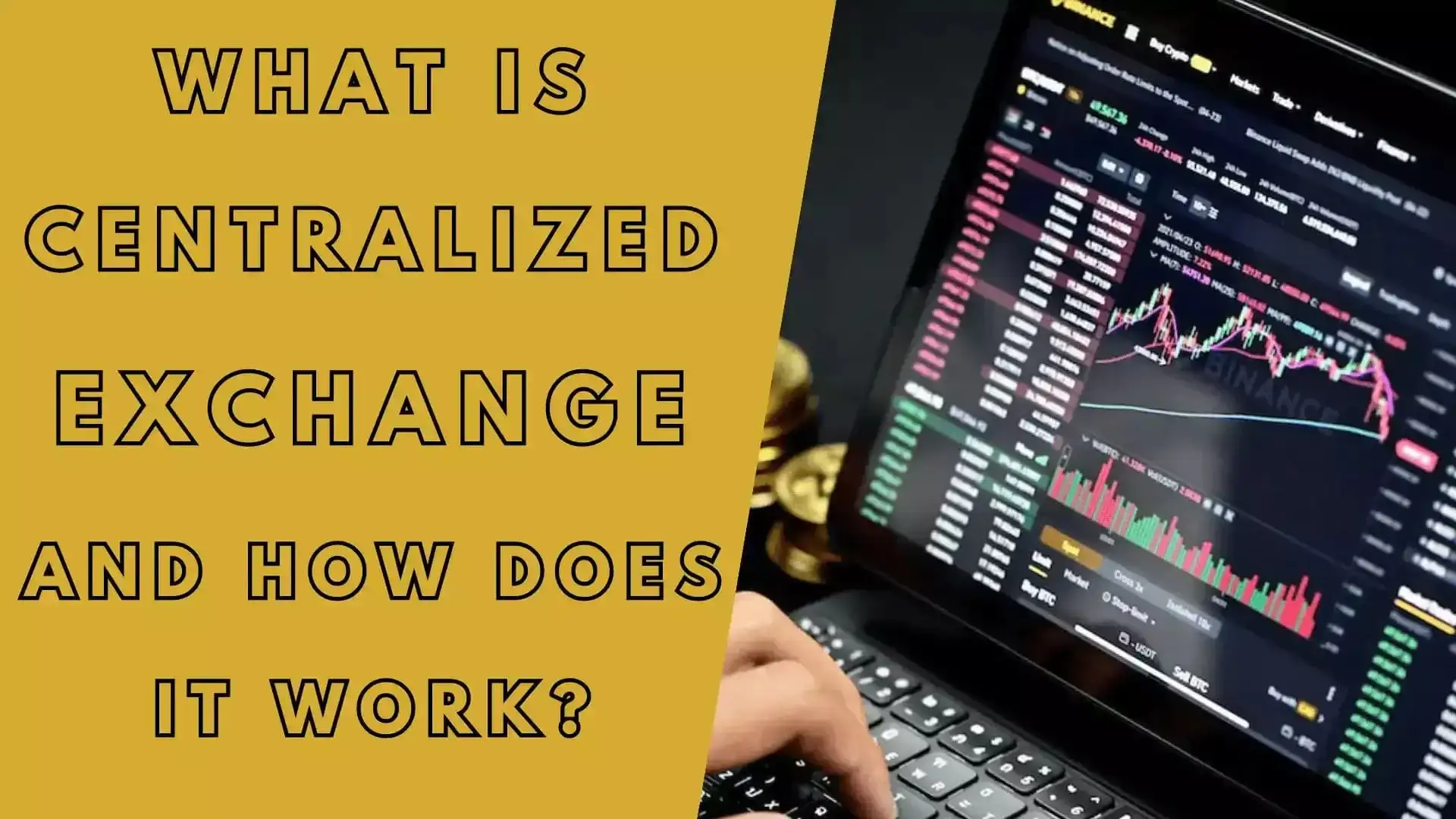What Are Carry Trades and How Do They Work?
Carry trades have been a popular strategy among forex and financial market traders for years. This strategy can be highly profitable, but it also comes with significant risks. In this article, we’ll break down the basics of carry trades, explain how they work, and explore the latest updates and trends in this area of trading.

Posted on 20 Aug 2024
What is a Carry Trade?
A carry trade is a trading strategy that involves borrowing or selling a financial instrument with a low interest rate and using the proceeds to invest in a financial instrument with a higher interest rate. The goal of this strategy is to capture the difference between the interest rates, known as the "carry."
Carry trades are most commonly associated with the forex market, where traders borrow in currencies with low interest rates (like the Japanese yen) and invest in currencies with higher interest rates (like the Australian dollar). The profit or loss from a carry trade depends on both the interest rate differential and the exchange rate movements between the two currencies.
How Carry Trades Work
To execute a carry trade, a trader follows these steps:
- Borrowing Low-Interest Currency: The trader borrows money in a currency with a low interest rate.
- Converting to High-Interest Currency: The borrowed currency is then converted into a currency with a higher interest rate.
- Investing: The trader invests in assets denominated in the high-interest currency.
- Earning the Carry: The trader earns the difference between the interest rates, known as the carry. This difference is the profit from the trade, assuming that the exchange rate remains stable.
However, if the currency pair moves against the trader, the losses can outweigh the interest rate differential, leading to a negative outcome.
Risks Associated with Carry Trades
Carry trades are not without risk. The primary risks include:
- Exchange Rate Risk: If the value of the high-interest currency falls relative to the low-interest currency, the trader could face significant losses.
- Interest Rate Risk: Changes in the interest rate differential can reduce the profitability of the trade or even turn it negative.
- Market Volatility: Sudden shifts in market sentiment can lead to rapid and unpredictable exchange rate movements.
Latest Updates in Carry Trade Strategies
As of 2024, carry trades have seen a resurgence in popularity due to the divergence in monetary policies among major central banks. With the Federal Reserve and other central banks maintaining higher interest rates to combat inflation, currencies like the U.S. dollar have become attractive for carry trades. Meanwhile, central banks in Japan and Europe have been slower to raise rates, making the yen and euro popular funding currencies.
Traders are also paying close attention to geopolitical risks and economic data, which can significantly impact currency movements and the profitability of carry trades. The increasing use of AI and algorithmic trading has also influenced how carry trades are executed, with automated systems quickly identifying and exploiting interest rate differentials.
Conclusion
Carry trades can be a lucrative strategy for traders who understand the risks and have the ability to manage them. With the current economic environment characterized by varying interest rates and global uncertainties, carry trades are likely to remain a key strategy in forex markets. However, traders should stay informed about economic indicators and central bank policies to effectively navigate the risks associated with this strategy.





